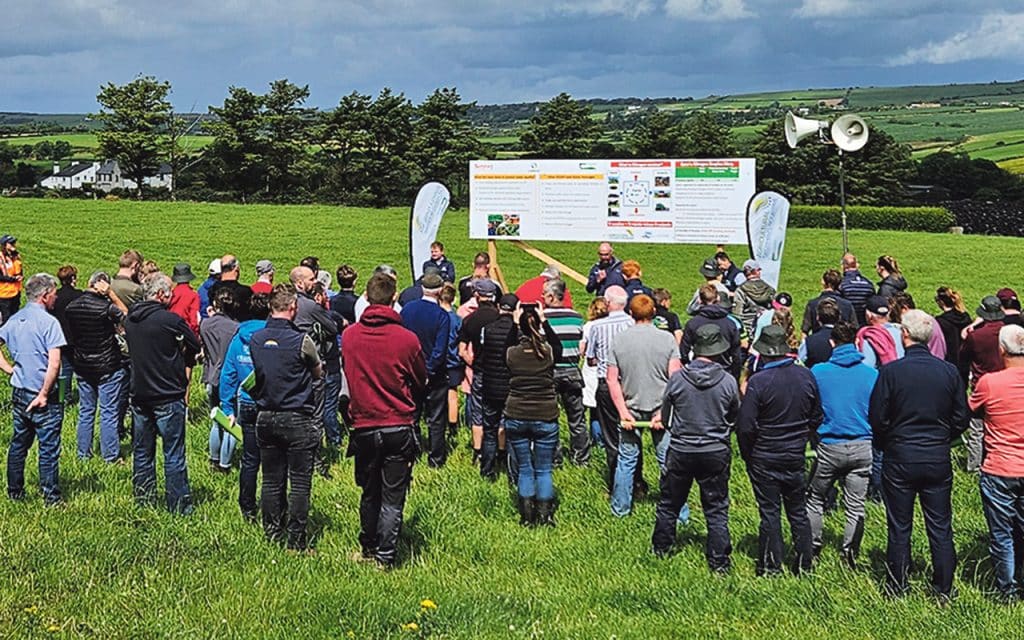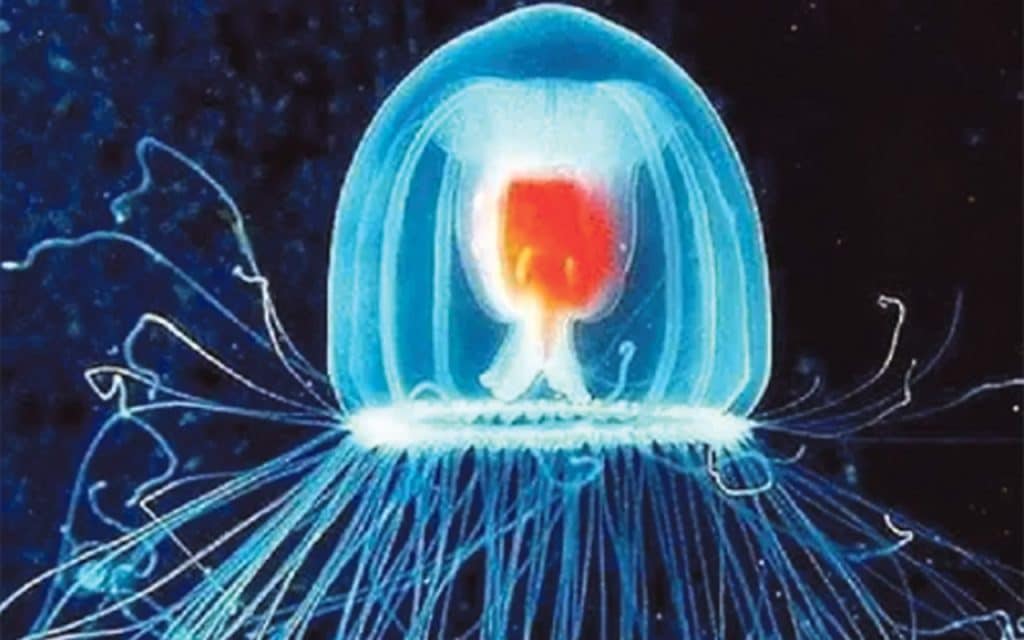
I can’t recall as challenging a 12 months in farming as the past year, even looking back to the extremes in 2012 with a washout summer and accompanying fodder crisis into May 2013. Fast forward five years and it got more extreme. Beginning with hurricane Ophelia in October 2017, through the Beast from the East, the fodder crisis and the drought of summer 2018, it was another testing calendar, but even these extremes were intertwined with periods of normality. Both of those years were like modules from the university of experience that have come into play this year.
From 2012, the biggest lesson for me was not to go for bulky cuts of silage and not to wait for perfect weather to make it. The bale count went up but the dry matter digestibility (DMD) percentage plummeted and keeping condition on calved cows was tough.
My second biggest lesson learned is to play what’s in front of you rather follow than a prescribed routine. There is no more blindly following the spring rotation grazing planner without factoring in the on-site conditions.
If I recall correctly, that was when we stopped spreading fertiliser before the middle of March here too.
My learnings from 2018 centred on dealing with dry spells and seeing whether feed could be grown along with grass rather than feeding silage at grass. As a result, plantain, chicory and red clover all entered the fray and paid their way when ground dried up again in 2022. That led to more of those plants being over-sown this spring but the cold conditions meant very little growing.
As tough as those years were, this year feels much more relentless. On dairy farms especially, July is when most of the annual bills are tidied up and cash can be built up for future use. That’s much harder to do this year, as more feed is being purchased and it’s harder to make silage as it’s cold.
It’s been like this since July last year when rain started, and it’s been compounded by cold weather since May. When it comes to farming fashion, I find practicality wins. Jeans are the go-to trouser choice accompanied by a t-shirt, hoodie and a jacket. Topped off with a beanie hat, it’s my main farming apparel as winter eases into spring from late February through to early April and daylight lengthens and conditions warm up.
That combination has been a regular farming fashion choice this summer, especially in the mornings. There were days in December when the jacket wasn’t needed but the same can’t be said of July.
Most of the silage ground is away from the yard so that still means grass can be conserved without putting pressure on grazing, allowing silage stocks to be built up ahead of the winter. Regardless of that great uncontrollable, the weather, the show must go on.
Speaking of uncontrollables, the reaction to the possibility of the Dutch joining the Belgians and French in purchasing cattle only from countries that have IBR status is going to be interesting.
Except for the emergence of the Bluetongue virus in the Netherlands this year, this restriction could have come in sooner.
The move by the country that has consistently purchased the largest number of Irish calves, to exclude countries that don’t have IBR free status, could force our hand in that regard.
Given the kickback to the inclusion of a small-scale IBR test in the suckler welfare scheme in 2023, it will be a hard sell. When it comes to eradication schemes, there’s a wariness among farmers and I think that was what drove the resistance to the IBR measure last year. Once bitten, twice shy, third time a fool, was probably the main feeling and it’s easy to see how that kickback came about.
The three-year BVD programme that began in 2013 (or 2012 for those who wanted to start early) rolls on. Casting a bigger shadow still is the TB eradication scheme.
In Mary E Daly’s book, ‘The First Department. A history of the Department of Agriculture’ it states that in November 1952 Cabinet approval was given to begin a pilot TB eradication scheme initially in Co Clare, but American ERP (European Recovery Program) funding wasn’t cleared until 1955.
In autumn 1953, a separate pilot for Co Limerick was announced but a change of Government saw incoming minister James Dillon make some changes.
Apparently following representations from the Irish Veterinary Medical Association, Limerick was removed as “the incidence of TB in the county was so high that it was feared farmers would be discouraged from participating.” Counties such as Donegal or Sligo where incidences were lower were suggested instead. As a result it was to include Clare, Sligo and the Bansha area in Co Tipperary which incorporated some of east Limerick.
A voluntary nationwide programme of TB testing began in 1954 and the rest as they say is history.



